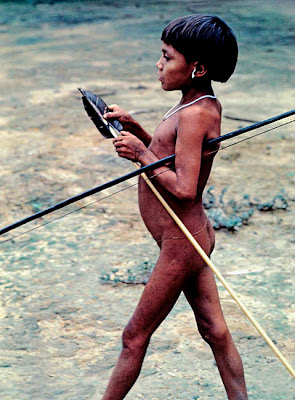Colombia is one of the most stunningly beautiful and varied countries in the world, and I explored that country’s every wild corner. But to do that you need much off-road travel and time.
Ecuador is much smaller and not as varied, but has over Colombia the advantage that its own beautiful sites are all easily accessible. From Quito, the Spanish colonial capital and Unesco World Cultural Heritage Site, you can drive to snowcapped Andean Mountains, Pacific Ocean beaches, the Amazon rain forest, and Indian villages and markets within a few hours. That explains why I like to teach photographic seminars and safaris in that country.
I will dedicate my next few posts to give an idea of that wonderful country, starting today with photographs of the Otavalo Indians, who live in and around the towns of Otavalo and Cotacachi, a two-hour drive north of Quito.
A few decades ago, many Otavalo Indians were still attached to sprawling lands of haciendas as serfs. Or they drudged under hard masters, weaving from dawn to dusk in sweat shops, as their forebears had done since Spanish colonial times. They had been renowned weavers since before Inca times.
Today the Otavalo Indians are free, and their tradition of hard work and cooperation, their weaving skills, and their business acumen, have turned them into Ecuador’s most prosperous Indians. Those of my pictures that show them walking barefoot date from before that recent prosperity. Their textile market has long been world famous, attracting throngs of international tourists. Some of the more enterprising Otavalo Indians are now selling their textiles and gripping Andean music overseas. I have seen them in New York, Dusseldorf, and Paris.
The Otavalo raise sheep, and their textiles used to be made exclusively from the wool of their herds. But as sales exploded, and there was no longer enough wool around to satisfy the demand, the weavers also started using artificial fibers.
Living on rich volcanic soil, the Otavalo were always farmers too. But their focus is now mainly on exploiting tourism in every possible way. With hand-woven and knit textiles, handicraft, music, and even with food and beds, all in lovely surroundings. Under no pressure to change their ways, as other Indians are, Otavalo Indians have proudly retained their way of dressing, even when overseas.
Domestic chores still take much of the women’s time.
The Otavalo are devout Catholic, who lose no opportunity to celebrate Catholic festive days besides several Saints’ days.





































































